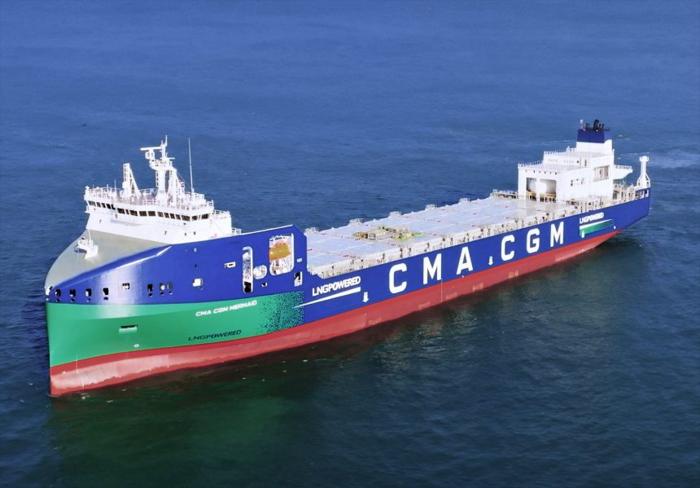Swire Shipping announces the implementation of a Peak Season Surcharge (PSS) on cargo shipped from Australia to Papua New Guinea and the Solomon Islands.
The surcharge will take effect on 1 October 2025 and applies to all cargo on this trade lane.
The adjustment reflects ongoing equipment imbalance and increased cargo demand, and will be payable alongside ocean freight.
Swire Shipping remains committed to maintaining market-leading port coverage and service frequency across its network.
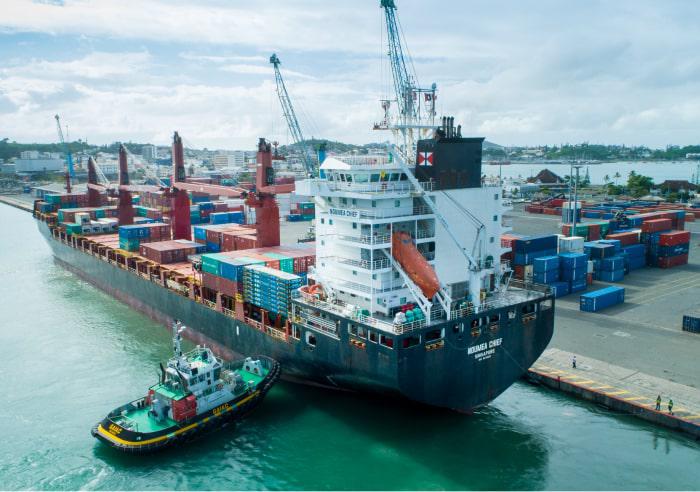
CMA CM's Short Sea Lines Division will launch MAESTRALE, a new Intramed service, starting October 5, 2025, from Malta.
The weekly service will deploy two vessels, providing direct and fast maritime connections between Malta, Durres (Albania), Rijeka (Croatia), and Salerno (Italy).
MAESTRALE strengthens CMA CM's regional coverage, offering reliable short-sea options for customers across the central Mediterranean.
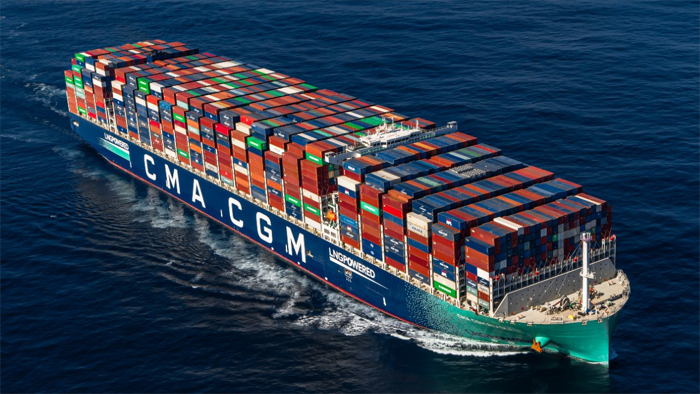
The Port of Gothenburg now offers two weekly direct container services to and from Asia, further strengthening Sweden's connectivity to global trade.
In July, the Gemini Alliance announced changes to its Asia-Europe loop, designating Gothenburg as its new European end destination instead of Bremerhaven.
On Thursday morning, the 18,270 TEU Morten Maersk became the first vessel to call under the new arrangement.
With this addition, the Port of Gothenburg now hosts two direct Asia services each week: MSC's service on Sundays and the Gemini Alliance's service every Thursday.
Claes Sundmark, Vice President, Sales and Marketing at the Port of Gothenburg, noted that with these two services in place, the offering of the port is increasingly strengthened. The biggest winners are Swedish import and export industries, which now benefit from more frequent sailings to and from Asia while gaining access to a wider range of ports in China than before.
The port's growing Railport Scandinavia network links these Asia services with 26 inland terminals across Sweden, providing nationwide business access to international markets.
Sundmark added also that rail is one focus, while the fairway deepening project Skandia Gateway due for completion in 2027/2028 will enable us to handle even larger vessels.

CentrePort has reported continued growth in FY25, delivering an Underlying NPAT of US$17.6m, up 20% from FY24's $14.6m.
The result reflects the port's consistent focus on efficiency, innovation, and customer service, building on the momentum established after the 2016 Kaiköura earthquake.
Board Chair Lachie Johnstone highlighted the significance of this achievement, noting a 30% compounded annual growth in Underlying NPAT since FY22, with independent rankings, such as the World Bank's Container Port Performance Index, consistently recognise CentrePort as the leading port in Oceania.
The port also paid US$11m in dividends to shareholders in FY25, US$3.5m more than the previous year.
Chief Executive Anthony Delaney credited discipline and focus as key drivers of progress saying that dedicated 5G network, second solar array, and Battery Energy Storage System are examples of how they are embedding energy transition and futureproofing our operations.
CentrePort also successfully completed major works at Seaview Wharf on time and within the budget set in 2020 underscoring its "Make it Happen" ethos in delivering complex infrastructure projects.
The port has already secured two new container services for FY26, with growing customer engagement reflecting CentrePort's efficiency, capacity, and trusted service.
Recruitment is underway to meet increased demand, providing positive employment opportunities for the Wellington region.
Looking ahead, Mr. Johnstone expressed optimism saying that with new container services confirmed and improving conditions, CentrePort will continue to strengthen its role as a critical gateway for trade.
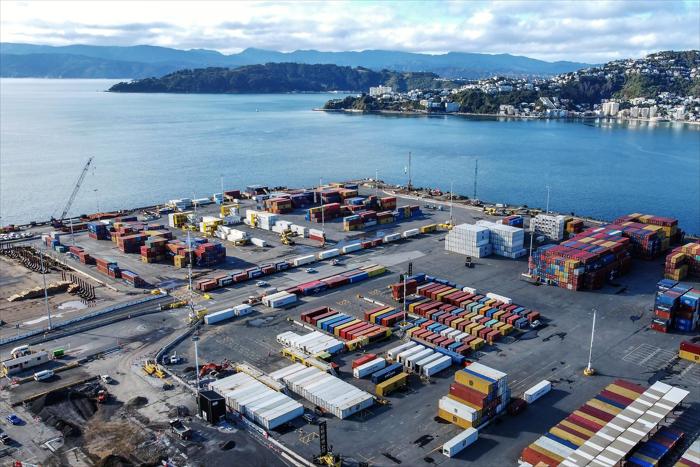
GT USA, a subsidiary of the Gulftainer Group, has partnered with Great Lakes East to launch a new monthly barge service between Port Canaveral, Florida, and San Juan, Puerto Rico.
The service, which officially commenced on 14 July with the maiden call of the barge Crimson Clover, will focus on transporting construction materials such as lumber, steel coils, sheet piles, rebar, and other general cargo products from the Canaveral Cargo Terminal to Puerto Rico.
The partnership is a strategic step for CCT as it diversifies its operations and extends its service footprint to new markets, highlighting the terminal's capacity to manage complex logistics requirements.
Commodities will be stored in CCT's warehouses and handled through its robust infrastructure, ensuring efficient and secure operations.
At the inaugural call, CCT Operations Superintendent Lynnard Woods presented a commemorative plaque to Sal Menoyo, Vice President of Special Projects, East Coast at Great Lakes East, marking the beginning of the collaboration.
Luke Richards, Managing Director of CCT, said the partnership underscores GT USA'S commitment to innovation and long-term value creation.
Joe Starck, President of The Great Lakes Towing Company, added that this move strengthens their ability to serve the Puerto Rico trade lane with greater efficiency and reliability as this service at Port Canaveral in partnership with GT USA lays a strong foundation for long-term growth.
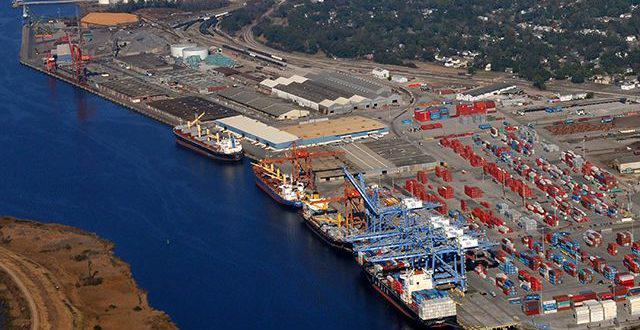
The Port of Gothenburg sustained its strong growth in the first half of the year, handling 470,000 TEU, with efficiency gains driven by a higher proportion of fully loaded containers and reduced repositioning of empties.
At the same time, rail transport to and from the port reached record highs, strengthening Gothenburg's role as Scandinavia's key logistics hub.
Growth has been driven by inland terminals across Sweden, including in the north, south, and east. The Stockholm region alone recorded a 4 percent increase, handling over 30,000 TEU by rail in the first half of the year.
Claes Sundmark, Vice President Sales and Marketing at the Port of Gothenburg, commented that the fact that they are handling more loaded containers while managing fewer empties reflects greater efficiency across the entire logistics chain.
APM Terminals, which operates the port's container terminal, achieved its best month ever in July, handling 47,805 TEU, a record that will be reflected in the next quarterly report.
This momentum has been bolstered by new services: CMA CGM launched a Gothenburg-Baltic connection, while Maersk and Hapag-Lloyd introduced a new direct service to and from Asia.
Rail has further strengthened its dominance as the leading inland transport mode. In the first six months, rail volumes rose by 4%, with more than 60% of all container freight now moved by train.
The port also welcomed 16 cruise ship calls in the first half of the year, down from last year's record of 26.
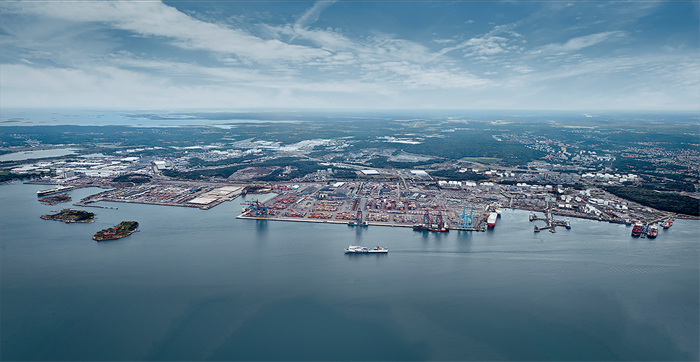
Kuehne+Nagel has expanded its long-standing partnership with MTU Maintenance Lease Services by launching a new fulfilment centre in Zhuhai, China, dedicated to supporting the coordination and distribution of aero engine parts.
The new facility strengthens MLS' global logistics network and underscores both companies' commitment to ensuring fast, reliable access to critical aviation components.
A subsidiary of MTU Aero Engines, MLS specialises in the leasing and asset management of commercial aero engines.
Its new Zhuhai fulfilment centre, located in the heart of the Guangdong, Hong Kong, Macao Greater Bay Area, will support parts supply throughout China and the wider Asia-Pacific region.
Together with MLS' existing hubs in the Netherlands and the United States, the centre forms a globally integrated supply chain that ensures rapid access to essential parts when needed most.
Operated by Kuehne+Nagel, the facility is designed for speed, compliance, and reliability, offering bonded storage and same-day or 24-hour despatch, 365 days a year.
This capability is particularly critical for time-sensitive operations, including urgent line-replaceable-unit requirements and aircraft-on-ground situations, where rapid access to parts can significantly reduce downtime.
Damian Raczynski, Head of Contract Logistics, Kuehne+Nagel Asia Pacific, said the partnership reflects the company's strength in aerospace logistics as MLS operates in a highly dynamic and time-critical industry.
Patrick Biebel, Managing Director of MLS, emphasised the importance of the new hub as the Zhuhai facility reinforces a commitment to fast, reliable access to engine parts, minimising operational downtime and strengthening support for customers in China and across APAC.

According to JIFF, sourced from Korea Ocean Business Corp. (KOBC), the KOBC Container Composite Index (KCCI) slipped 3.67% to 1,993 points on Monday as spot rates for exports from Busan continued to weaken on major trades.
Rates declined across the main lanes: 6.16% to $1,904 per FEU to the U.S. West Coast, 7.01% to $2,996 to the U.S. East Coast, 5.13% to $3,110 to Europe, and 5.2% to $3,120 to the Mediterranean.
Some non-main lanes posted gains, including the west coast of Latin America (+5.42% to $2,995 per FEU), Southern Africa (+2.78% to $3,958), and Australia (+2.92% to $2,256). Declines occurred to the Middle East (-0.37%), east coast of Latin America (-8.2%), and West Africa (-2.62%).
In intra-Asia trades, rates edged up 0.45% to Japan, remained flat to China, and slipped 1.63% to Southeast Asia.
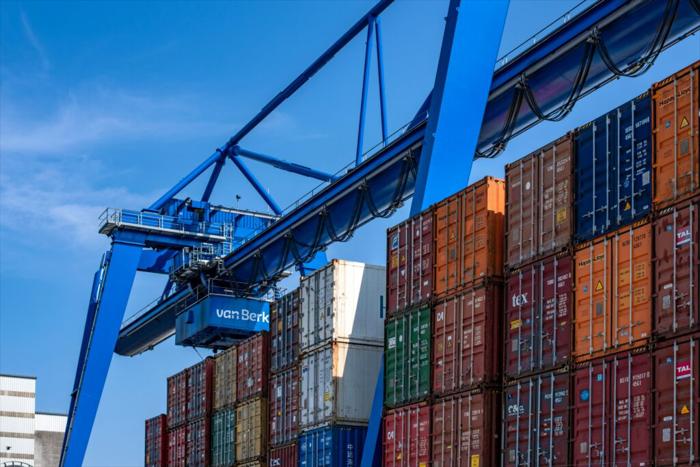
Neptune Pacific will implement a general rate restoration for all cargo loaded in Asia, effective 15 September 2025, bound for destinations in the South Pacific.
The increase will apply to shipments from Asia, China, the Indian Sub-Continent, Latin America, Africa, and the Middle East to Fiji, Samoa, Tonga, Tahiti, Tuvalu, Kiribati, Vanuatu, the Cook Islands, and Wallis & Futuna.
The GRI will be US$300 per 20-foot dry or refrigerated container and US$600 per 40-foot dry or refrigerated container.
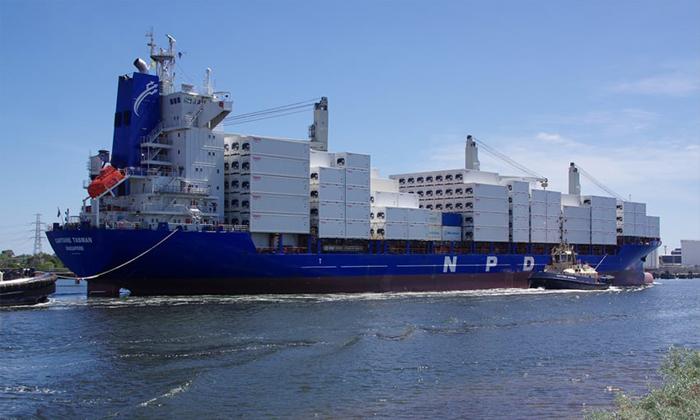
CMA CGM has introduced revised freight all kinds rates effective from August 15, 2025, based on the gate-in date at origin ports, and valid until further notice.
For shipments from the Indian Subcontinent to North Europe and the Mediterranean, the new levels are set at US$ 3,500 per 20-foot container and US$ 3,200 per 40-foot container.
The updated tariffs apply to dry cargo only, covering all movements between the Indian ubcontinent and the designated European and Mediterranean destinations.
